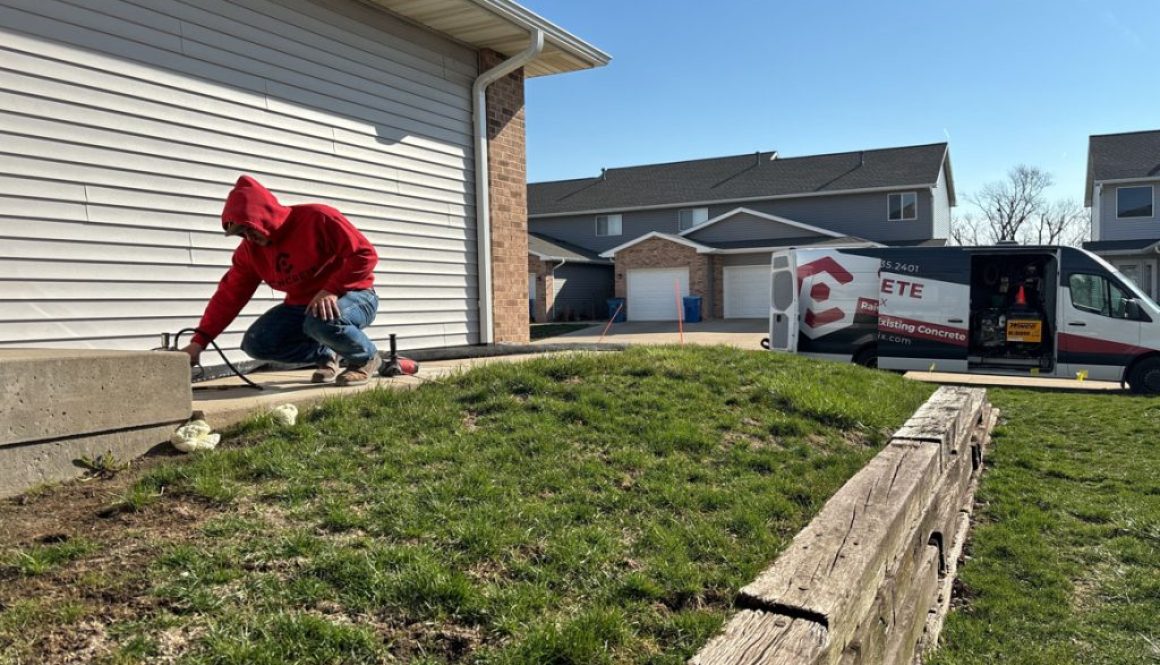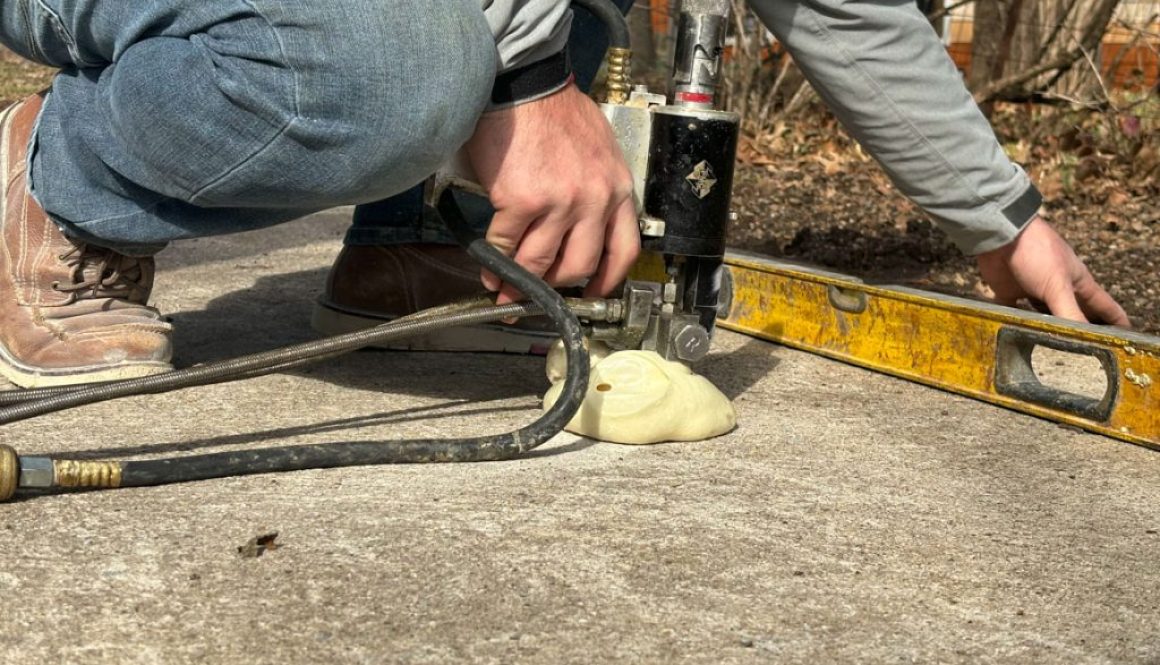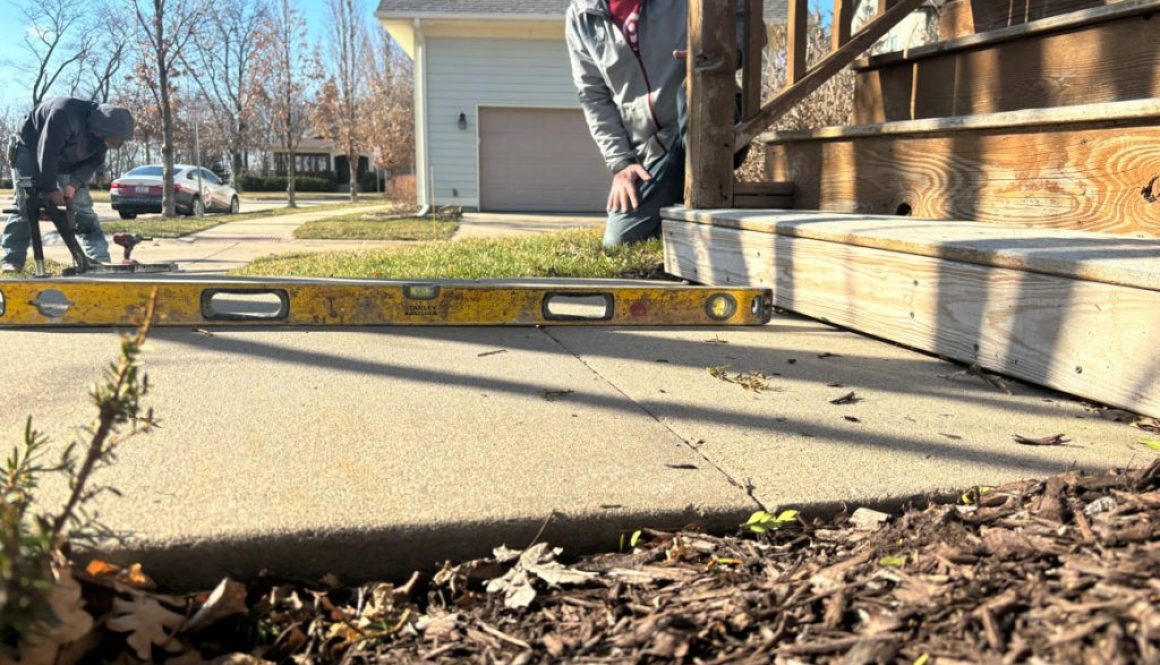How Concrete Lifting Can Save You Thousands in Sidewalk Repairs
Are You Paying Too Much for Sidewalk Repairs?
If you’ve noticed uneven sidewalks, tripping hazards, or sinking concrete on your property, you might assume full replacement is your only option. But before committing to a costly and disruptive project, consider a more affordable, non-invasive alternative—polyurethane concrete lifting.
For homeowners, HOAs, and municipalities, concrete lifting is a proven method to restore sidewalks at a fraction of the cost of replacement. In this article, we’ll break down:
- How much you can save with concrete lifting
- A real-life example of sidewalk leveling success
- Why polyurethane lifting is the better long-term investment
Cost Breakdown: Lifting vs. Full Sidewalk Replacement
One of the biggest advantages of concrete lifting is the cost savings. While replacement costs can quickly add up, lifting provides the same leveling benefits at a much lower price.
Cost Comparison Table
| Repair Type | Average Cost Per Slab | Completion Time | Lifespan |
| Concrete Lifting | $150 – $500 | Same Day | 10+ Years |
| Full Replacement | $800 – $1,500 | 3-5 Days | 20+ Years |
Why is replacement so much more expensive?
- Labor & Materials: Removing and pouring new concrete requires significantly more materials and higher labor costs.
- Extended Downtime: Sidewalks need several days to cure, meaning long delays before they’re usable again.
- Landscaping & Repairs: Excavation for new concrete can damage adjacent landscaping, requiring additional restoration costs.
Savings for Homeowners & HOAs
For an HOA managing 50 sidewalk slabs, the difference is significant:
Lifting: $7,500 – $25,000
Replacement: $40,000 – $75,000
That’s a potential savings of up to $50,000 just by choosing lifting over replacement.
Case Study: Restoring a Community Sidewalk for a Fraction of the Cost
In Cedar Rapids, IA, an HOA managing a 300-home community faced a major sidewalk issue. Over time, soil erosion and tree roots caused widespread sidewalk sinking, creating dangerous trip hazards. The HOA received an initial replacement estimate of over $60,000, which would have required weeks of work and resident inconvenience.
How Concrete Lifting Solved the Problem:
- Project Completed in 3 Days – 75 sidewalk slabs were lifted using polyurethane foam injection.
- Cost Savings Over 50% – The HOA paid $27,500 for lifting instead of $60,000+ for replacement.
- Minimal Disruption – The sidewalks were ready for use within 30 minutes of lifting.
- Outcome: The HOA avoided a major budget overrun while eliminating trip hazards for residents and visitors.
Why Polyurethane Lifting is the Smart Investment
- Faster Completion, Minimal Downtime
- Lifting: Most sidewalks can be repaired in hours, not days.
- Replacement: Requires demolition, excavation, pouring, and curing—a multi-day process.
- Long-Lasting & Weather-Resistant
- Polyurethane foam is waterproof and won’t wash away over time.
- Traditional mudjacking is prone to re-settling because of its heavy material.
- Environmentally Friendly Solution
- Lifting reuses existing concrete, reducing construction waste.
- No excavation needed, preserving surrounding landscapes.
Final Takeaway: Don’t Replace—Lift & Save Thousands
For HOAs, property managers, and municipalities, concrete lifting is the smart choice when repairing sidewalks. It’s faster, more cost-effective, and minimizes disruption, ensuring a safe and stable walking path for years to come.



